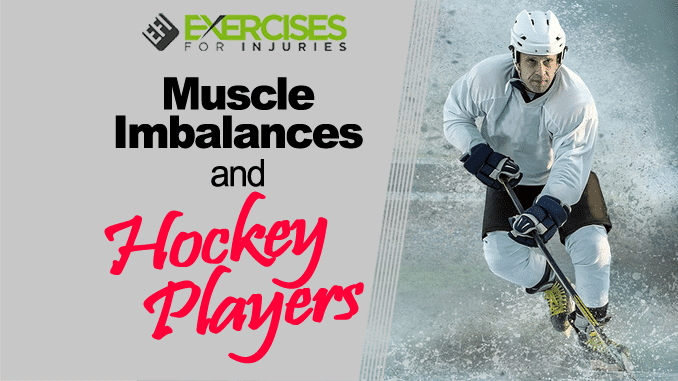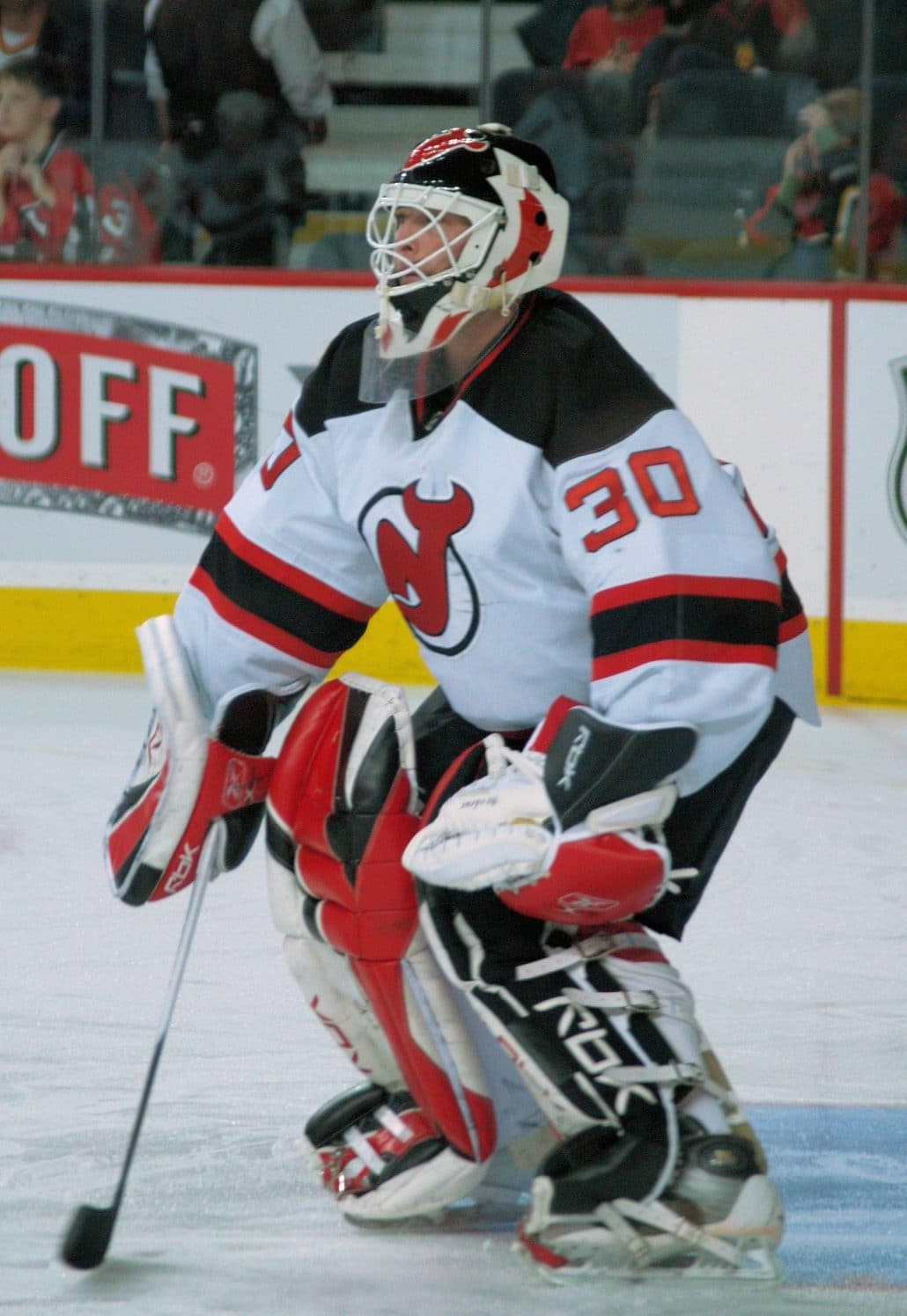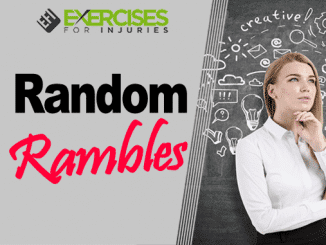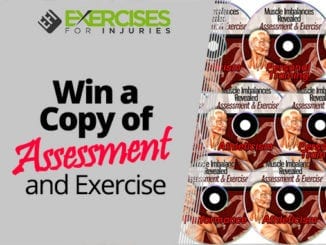
A few weeks back, I interviewed Maria Mountain. She specializes in goalie training. She wanted to get my thoughts on muscle imbalances and goalies.
Below I chat about:
- hip flexor and lower ab strains, are they different?
- what is essential in preventing goalie injuries
- two things that increase a goalie’s risk of injury
Here is a clip from the interview.
Maria Mountain: Going back at least ten years, I had the opportunity to go see Shirley Sahrmann speak and attend one of her two or three-day seminars. And ten years later, I don’t remember all the minutia. She is so intelligent, and it was great to hear her speak. But the one thing I do remember is, similar to what you’re saying, she said, “Look at what doesn’t look right, make it look right, and then move on to the next thing that doesn’t look right.”
We chatted about hockey players when we met up a couple of weeks ago. One of the things that I’m interested in learning from you is that, in addition to just getting checked into the boards by a 200-pound gorilla, lots of hockey players miss time due to non-contact injuries, so thinking of a hip flexor or a lower ab strain that type of thing Now I have two questions here.
The first one is, thinking of the hip flexor or the lower ab strain do you think they’re two different injuries, or is it just a manifestation of the exact mechanism? So that’s my first question, And maybe we’ll address that first.
Two Different Injuries
Rick Kaselj: Yeah, They are two different injuries. Two other areas and tissues are injured, but the cause and mechanism are often the same. What ends up happening is the weakest of the two will give way.
We can start arguing about details, but different tissues are damaged at a microscopic level but looking at the cause and the mechanism, it’s the same.
Whichever one’s weaker will be the one that’s injured.
Maria Mountain: Yeah, I agree with you on that and what do you think are the essential preventative exercises that a hockey player could use to reduce the risk of those injuries?
Rick Kaselj: It’s two-fold that I see.
Exercise is one, and then number two would be what you do throughout the day.
When it comes to the exercises, a big thing is having a proper warm-up, A proper dynamic warm-up which they end up going through before practice or before the game to loosen up everything and get the tissue, your body, your different energy systems ready for what you’re going to put it through in practice or in-game situations.
Then the second thing would be to try and avoid sitting movements because a lot of those, if you look at what we do when it comes to work, what we do for fun. In our spare time, more and more of what we end up doing for those three things involve sitting down, Sitting, watching TV, Sitting at a computer Sitting in an office. That sitting position affects the hip flexor area and the lower abdominal area because it is in a shortened position.
Avoiding Injuries
I think those two things are an excellent long warm-up and trying to look at what you do when it comes to sitting so much throughout the day.
An example I have, and it’s an extreme example, is I did a long-distance hike a few years back. A friend and I hiked from Mexico to Canada, about 4,300 kilometers. We were doing pretty much about half a marathon a day. Therefore we were on our feet a lot.
So the thing that we found we were doing was to avoid injuries in our feet and lower bodies. Whenever we could, we got off our feet, and we did.
If we weren’t walking or hiking, we were off our feet. We were sitting down, lying down, and elevating our feet. We were doing everything we could to get off our feet.
What we were trying to do was avoid something that was going to make things worse and increase the risk of an injury.
Maria Mountain: Yeah, trying to remove chronic stresses that weren’t necessary.
Rick Kaselj: Yeah, precisely And if you look at, let’s say, a goalie or an athlete, A goalie, they’re in that hunched-over position during practice and games. If they have to go on the bus, they are in a seated position. If they have to drive to and from games and practice, they are in a seated position. Now, with so much more technology, there’s a lot more computer work and phones, so that’s more in a hunch position.
I hope you enjoyed the clip of the interview.
If you want more information on muscle imbalance, CLICK HERE.
Rick Kaselj, MS
.





